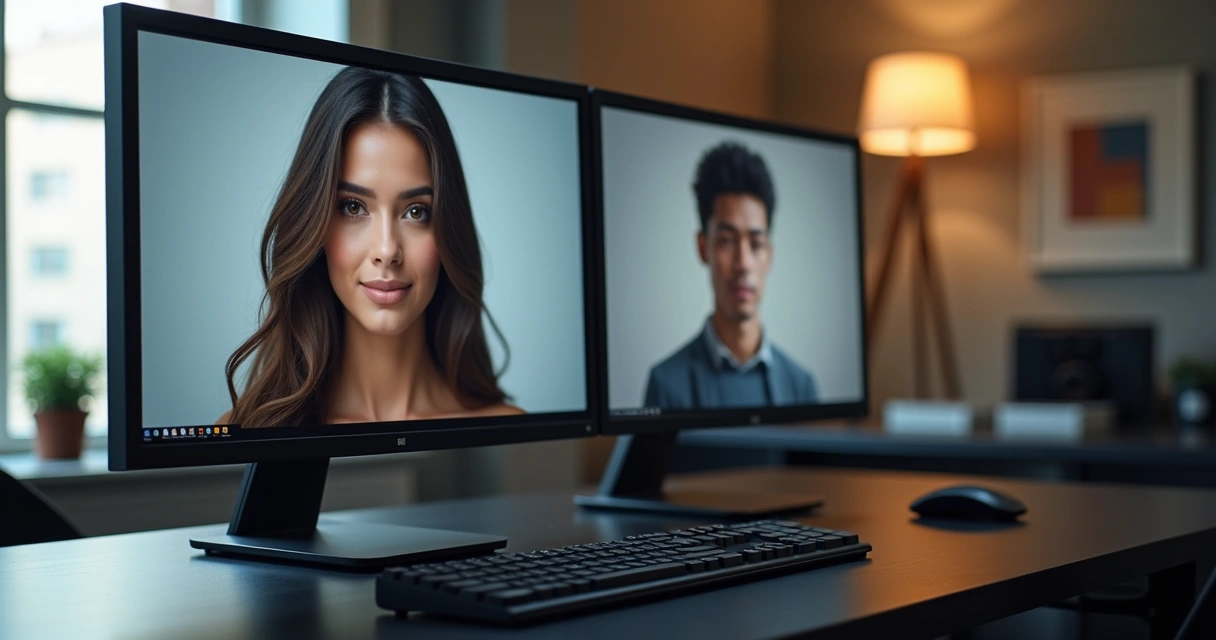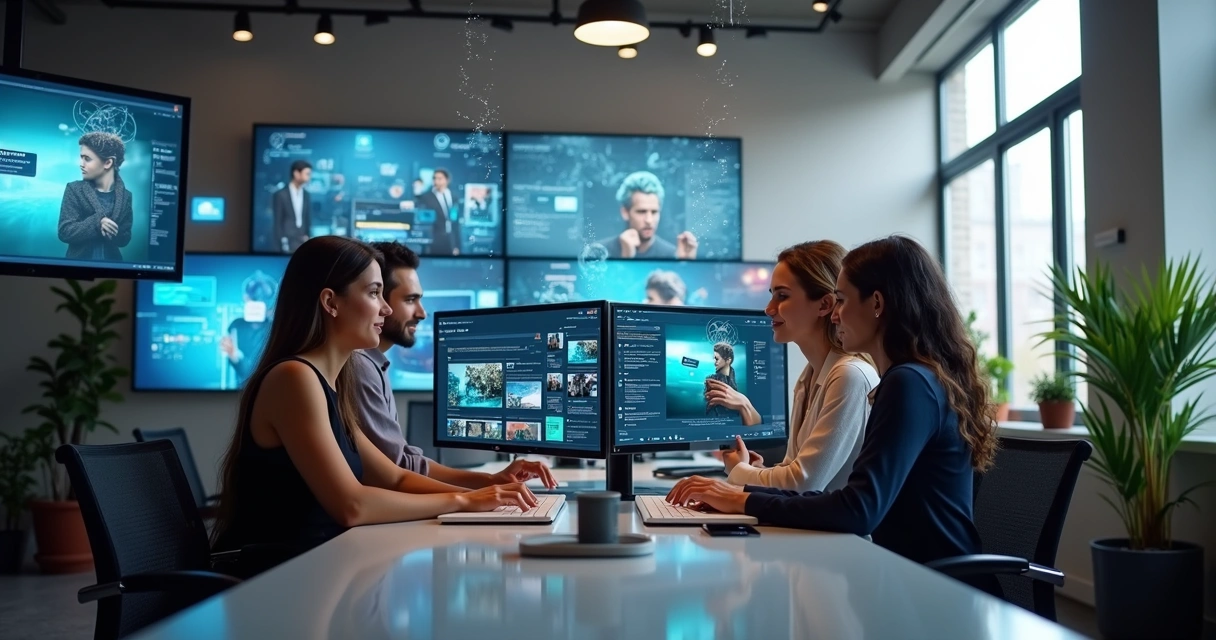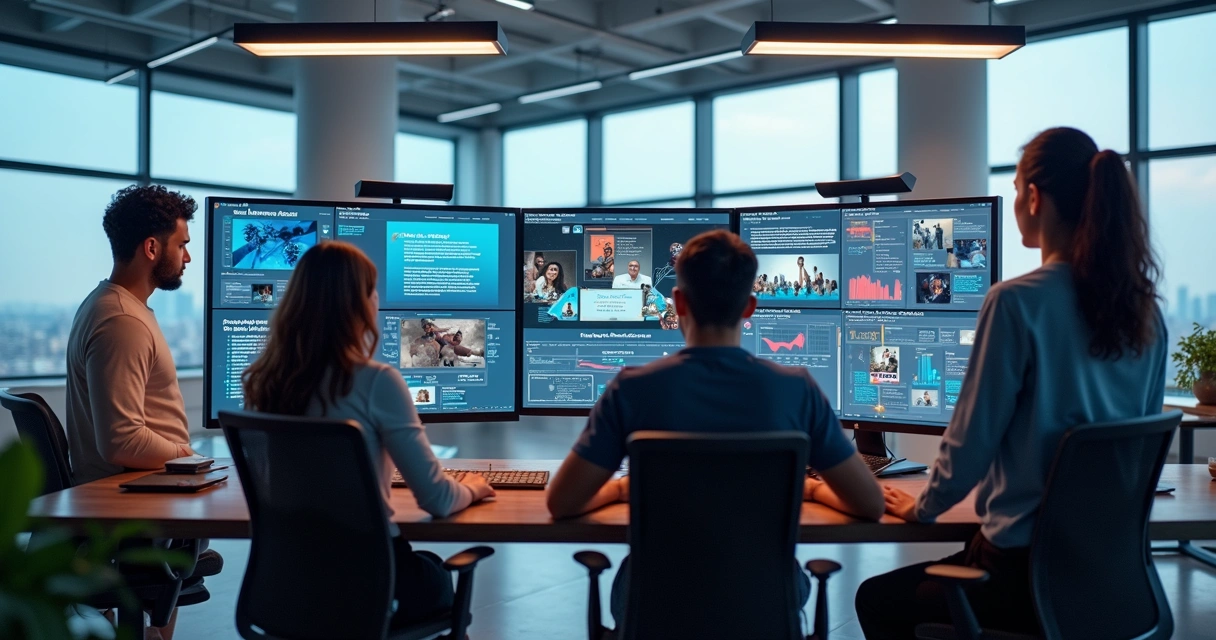Walk past any marketing meeting and you’ll probably hear the same debate: Should we use AI-generated images or real photos in our next campaign? The question keeps coming back. Sometimes it’s about speed, sometimes about cost – but often, it’s all about performance. What works best? Let’s dive into the judgments, data, and hesitations that shape this split.
The first impressions: why this matters
People scroll quickly. Social ads have a fraction of a second to catch someone’s eye—and convince them what they’re seeing deserves a tap or swipe. The type of image you use isn’t just an afterthought. Smart choices win attention, build trust, and move the needle.
With platforms like Automads, you can create ad work using artificial intelligence in seconds, producing variations faster than any photographer could turn around a studio set. But does lightning-fast production sacrifice authenticity, or is it a secret weapon?
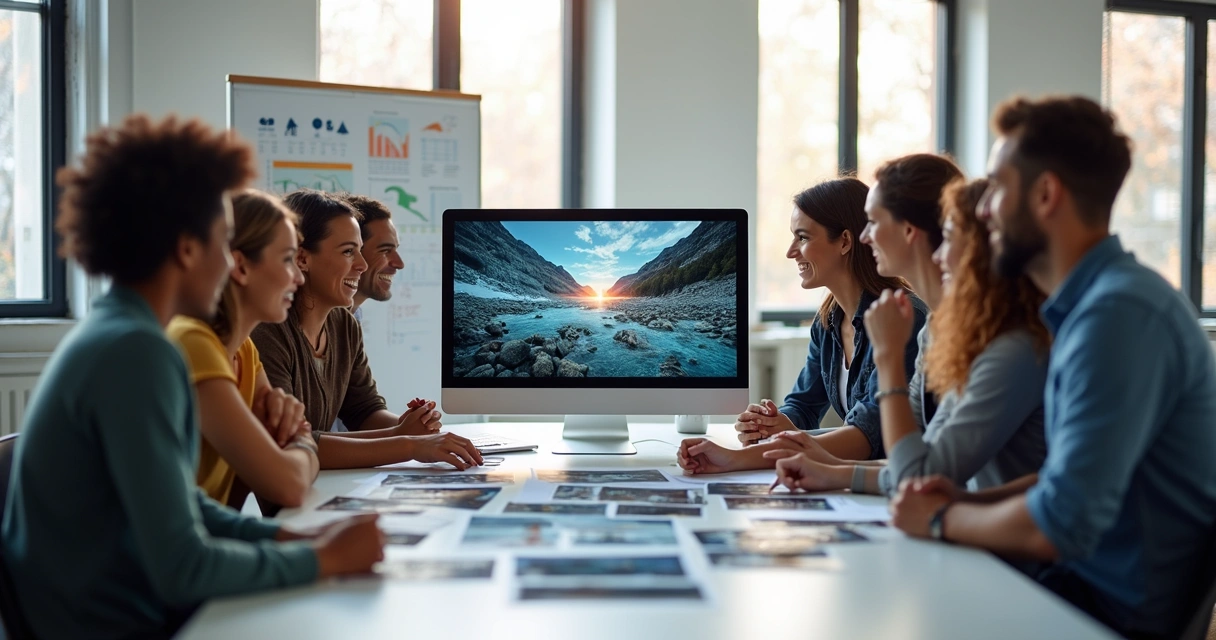
What makes an image 'work' in ads
Ask twenty advertisers and get twenty opinions. But most agree images need to:
- Stop people mid-scroll
- Communicate a clear story or promise
- Feel connected to the brand’s values
- Prompt action (a click, a share, a purchase)
Real photos usually deliver emotion and trust. AI images, created through tools like those you find from AI ad image creators, offer agility, consistency, and sometimes, a sense of the unexpected. But how does that translate to actual results?
Does your audience notice the difference?
This is a good place to pause and ask: Do people even know when they’re seeing an AI-made image versus a photo taken with a camera? You might hope not. But a study revealed 71.63% of US consumers correctly identify AI-generated images when shown side by side with real ones.
More than 7 out of 10 can tell instantly.
That doesn’t mean they always mind. Sometimes the futuristic look of AI images appeals. Sometimes it sparks curiosity. But it does raise a question for marketers: If people know it’s not real, does it harm the message?
Trust, authenticity, and the human touch
There's a certain magic in an unguarded smile, in sunlight through a window, in imperfections. These are the things real photos give almost freely. Authenticity feels like the word of the decade in marketing, and for good reason.
Busy consumers are wary. If an ad looks too glossy or too perfect, suspicion creeps in. Real photography, especially candid, behind-the-scenes shots, often performs well because it feels approachable. It feels honest.
Yet, not every brand needs to lean into this kind of warmth. For tech-forward, futuristic, or highly visual products, AI-generated images might match the vibe perfectly. AI allows for infinite variations with subtle differences, meaning marketers can test quickly and adapt to feedback without starting from scratch. Automads, for example, is built for this kind of rapid iteration.
Performance is context.
What might flop for a local bakery could be exactly right for a digital service platform.
Speed, scale, and creative freedom
AI-generated images don’t ask for schedules, models, or perfect weather. They don’t demand reshoots. They can depict almost anything you describe—and they do it fast. In high-tempo marketing where two dozen ad variants are needed this week, that’s a real competitive edge.
Manual production is slower. Even with in-house creative talent, coordinating a photo shoot, finalizing retouching, and meeting brand guidelines adds days—sometimes weeks.
AI doesn’t just save time. It encourages bold experimentation. Ever wanted to see your product floating in an otherworldly landscape, or rendered in the exact colors of your latest brand update? AI makes the impossible possible, at least visually. The speed and variety that Automads delivers helps teams test more and waste less—keeping things fresh.
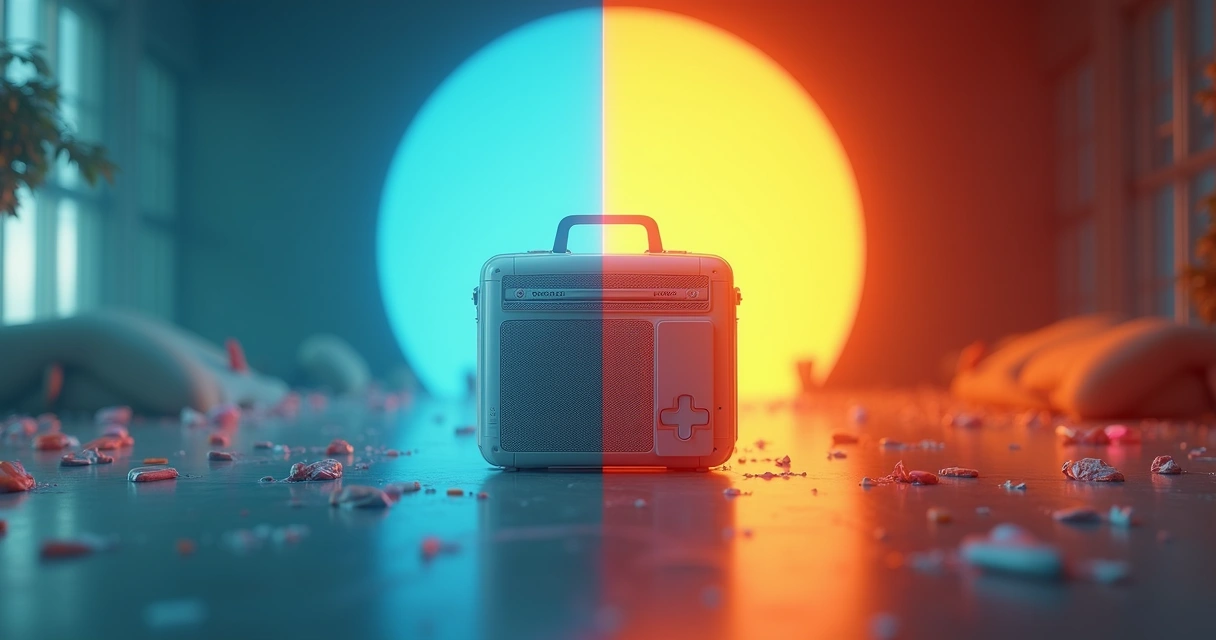
Results: what do real-world tests say?
The numbers, as usual, tell a tangled story. Some brands find AI images outperform photos for click-through rates, especially when the novelty factor is high. Others see a dip in trust or engagement when the image feels “off” or obviously artificial.
Research from consumer studies like the one revealing high AI detection rates also show that overuse of AI images might create distance. If people feel a campaign is “made by robots,” relatability takes a hit.
But it’s not all or nothing. Smart marketers often mix, blending AI for scale and flexibility, and reserving real photos for when connection truly matters. Some even use tools such as the AI ad creative generator for fast prototyping, then commission a real shoot when a certain look is proven to drive results.
Brand consistency and the scaling riddle
AI brings another advantage: on-demand consistency. With campaigns stretching across regions and languages, images can be adapted and remixed without losing the colors, logos, or style that make a brand recognizable. Instead of months-long rebriefs, the brand DNA transfers automatically.
Yet, nothing quite substitutes for the depth and texture of real-life photography carefully chosen to fit the moment. Maybe it’s a wedding, or a handshake, or a first reaction to a new gadget. Sometimes only the real thing feels right.
Balancing costs: dollars versus value
On paper, AI brings immediate cost savings. No locations, model fees, props, or production delays. That matters—especially for agencies managing dozens of clients or in-house teams cut down to the bone.
But the savings come with choices. If high-value, evergreen brand images are needed, a professional photo can pay off for years. For reactive, “try it and see what works” ad campaigns, AI often makes more sense.
If you need to localize for different markets, don’t forget that Automads supports rapid content creation in Portuguese and Spanish too—check the Portuguese generator and Spanish version for localized creative power.
Tiny experiments—real lessons
More and more teams, perhaps your own, run tiny tests: A/B split an ad set. One with an authentic photo, one with an AI-generated image. See which gets the most engagement. Repeat. It’s not always the same winner.
Sometimes the real photo pulls ahead for warmth, connection, and authenticity. Other times, the AI-generated image draws curiosity and stands out in a sea of sameness.
Test. Measure. Adapt. That’s the new standard.
Final thoughts: it’s not either-or
No single answer works for every brand, every product, every campaign. People recognize AI images more than we sometimes wish. That doesn't mean their power is limited. AI-generated images unlock massive speed and creative power. Real photos build an emotional bridge—when that’s what you need.
Maybe it’s less about choosing sides—and more about choosing what fits the moment. Most winning campaigns blend both worlds, using each for its strengths. Automads lets you experiment and ramp up your creative volume, all with your brand’s DNA at the core. Why not see what works for your audience? Try instant AI-powered creatives for social ads today—no credit card required, just ideas and results.
Frequently asked questions
What is AI-generated image?
An AI-generated image is a picture created by artificial intelligence algorithms based on text prompts, data, or examples. These images can look hyper-realistic, entirely imaginative, or match an exact style or mood you describe—no camera, lighting, or models needed. AI-generated images are produced instantly by tools such as those offered by Automads and similar platforms.
How do AI images compare to real photos?
AI images win on speed, flexibility, and the ability to show anything you can imagine, even what’s impossible to capture in real life. Real photos, meanwhile, tend to score higher in emotion, trust, and authenticity—at least for now. Studies show that most people can spot the difference when comparing side by side, but which works better depends on the goal of your campaign and the audience you hope to reach.
Are AI images worth using?
Absolutely, in many contexts. If you need to produce lots of variations, test ideas fast, or want a specific style on-demand, AI images are an asset. They save time and costs, making them a favorite choice for busy marketers and agencies. Just be mindful of their fit for your audience and brand story.
Where to find the best AI images?
Look for platforms with dedicated advertising image generators that let you control both style and message. Automads offers specialized AI image generators in English, Portuguese, and Spanish, making it easy to get tailored images for your campaigns with just a few clicks.
What are the benefits of real photos?
Real photos bring warmth, credibility, and a sense of genuine connection. They’re tough to beat for lifestyle shots, human moments, or any scenario where authenticity matters most. Often, they help audiences feel a stronger bond with the brand—and they’re less likely to trigger doubt or skepticism on first glance.


